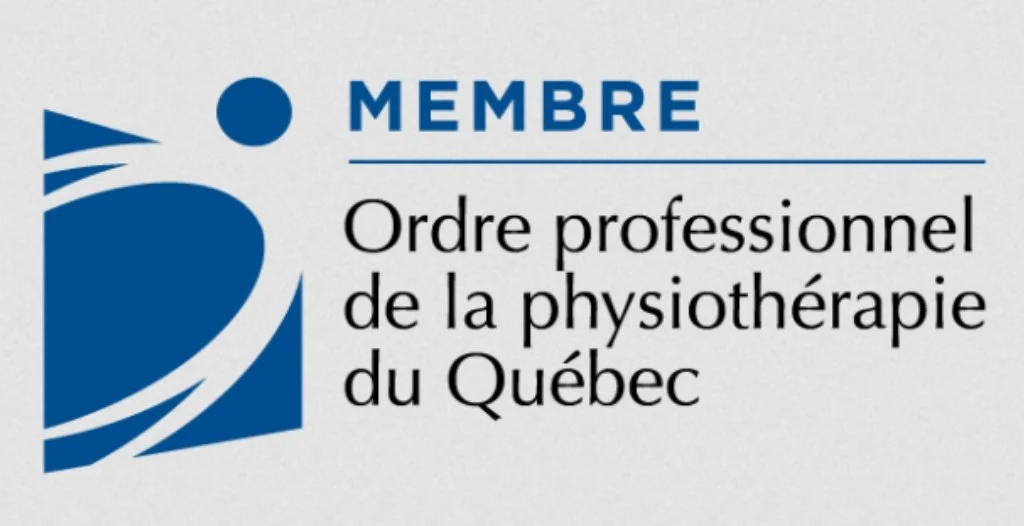Throughout my extensive experience in treating back pain, it is clear that the mobility of the thoracic spine (mid-back) and rib cage plays a key role in issues in the upper and low back as well as in the pelvic region and the hip. Currently, I have patients experiencing pain in the lumbosacral area (low back) and the hip, who have greatly benefited from manual therapy (joint mobilizations) at the thoracic spine. I am also treating a dancer with pain and chronic stiffness at the lumbar spine, the sacro-iliac joint (between the base of the spine and the pelvis), and the hip, who experienced significant positive results from manual therapy and McKenzie exercises (specific repeated movements) targeting the thoracic region.
There are two main reasons for the effectiveness of treatments at the thoracic region for the lumbopelvic area and the hip: (1) The functional connectivity between the thoracic spine, the low back, and the pelvis means that these areas work in concert with each other to enable the execution of various movements; (2) the thoracolumbar fascia functions as a crucial muscular link between these different parts.
